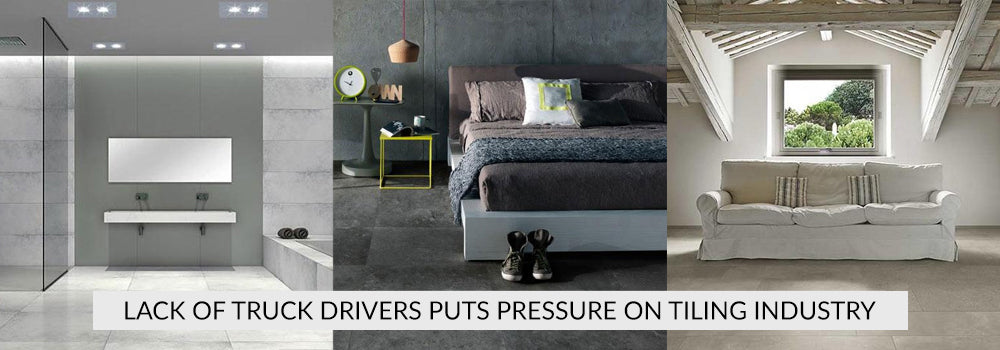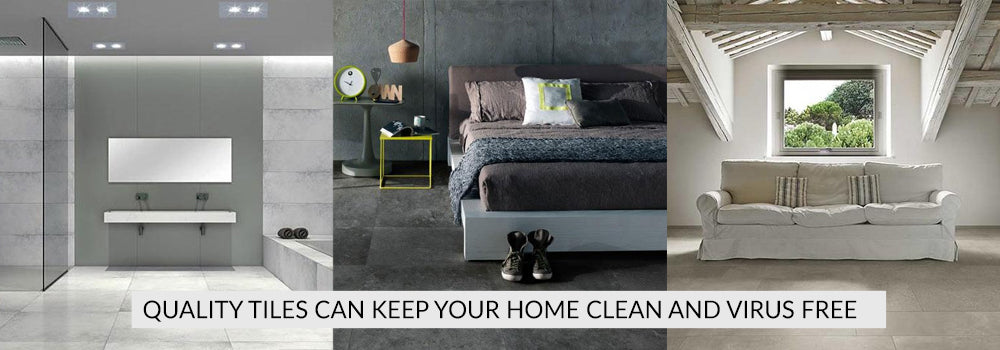
Many general consumers may not question the differences between Ceramic and Porcelain tiles, after all they are generally used for the same applications. Porcelain floor tiles and Porcelain wall tiles are very popular in both domestic and commercial builds, likewise, Ceramic floor tiles and Ceramic wall tiles are versatile for use across both areas too.
So, what’s the difference here?
You can categorise both Ceramic tiles and Porcelain tiles as types of ‘ceramic’. Each are types of ceramic that boast water protective ‘ingredients’ that prevents the tile from absorbing water. It’s this water absorption rate and the methods used to produce the tile that determines the end product, or whether its a Ceramic tile or a Porcelain tile.
Porcelain Tiles | Tile & Build
A Porcelain tile has a water absorption rate of less than 0.5%. The test used to determine this percentage involves taking a sample of the finished tiles, weighing them and then soaking them in boiled water for 24 hours. After the 24 hour soaking period, the Porcelain tile is then re-weighed and the difference between the initial weight and the final weight is then converted into a percentage, or the water absorption rate.
Typically, Porcelain tiles always have a lower water absorption rate than Ceramic tiles, this boils down to some of the techniques used during the manufacturing process. This process uses a very dense but fine grained clay that is heated to temperatures of around 1,300 celsius. Finally, with the majority of Porcelain tiles a water protective glaze is added to the tile using a liquid glass material. The combination of a fine but dense clay, intense heating methods and a final glaze coating makes Porcelain tiles less water absorbent, and thus more suitable for use in wet areas such as bathroom floors or kitchen splashbacks.
Ceramic Tiles | Tile & Build
Ceramic tiles are protected from absorbing water, but they typically have a slightly higher water absorption rate of greater than 0.5%. This means, during the 24 hour testing period, Ceramic tiles tend to absorb more water than Porcelain tiles. Again, this boils down to some of the different techniques used during tile production.
Ceramic tiles are produced using a very coarse clay, which is fired to a slightly lower temperate. Whilst this does mean that the Ceramic tiles could be slightly more prone to water damage, these production methods also boast many advantages, such as high levels of heat resistance which makes Ceramic tiles perfect for kitchen countertops, and that they are a bit softer than Porcelain tiles, so therefore are much easier to cut, shape and install.






